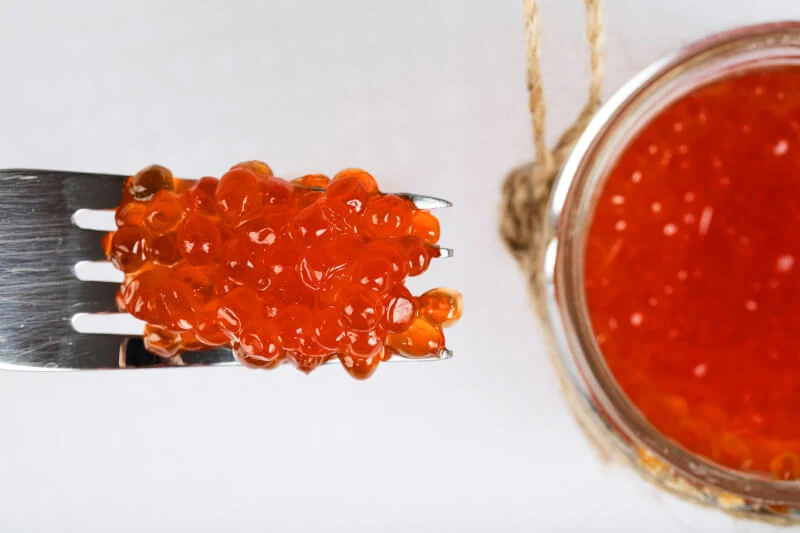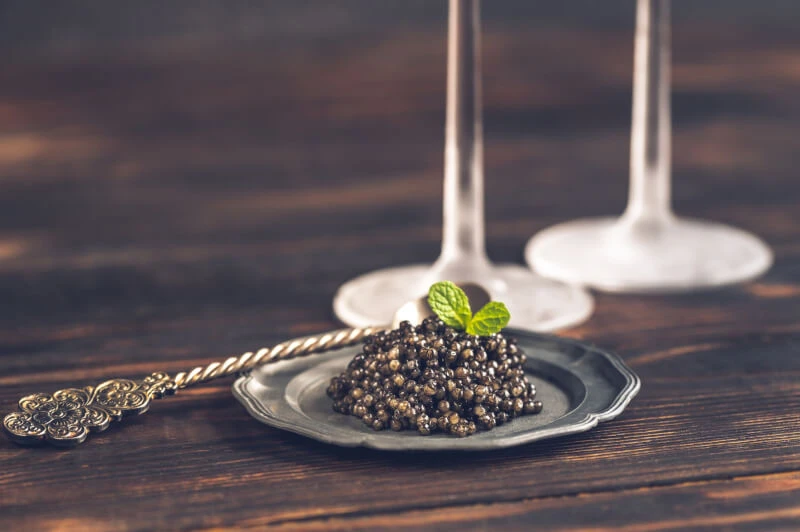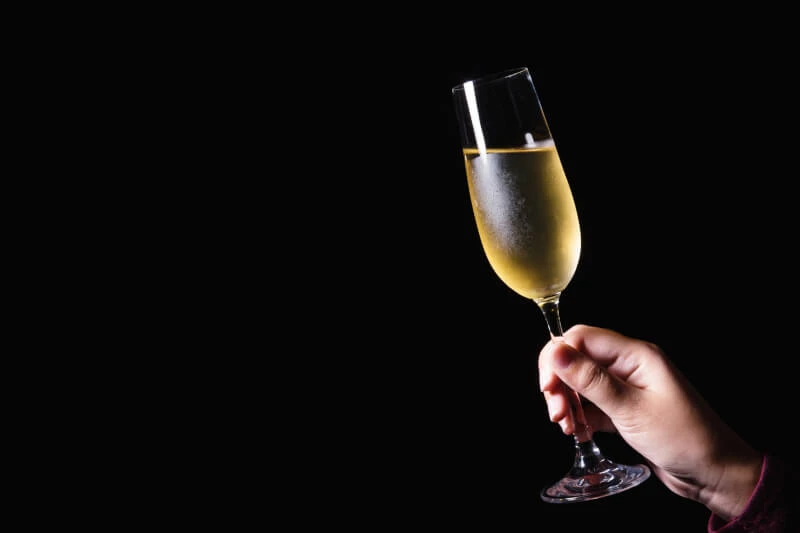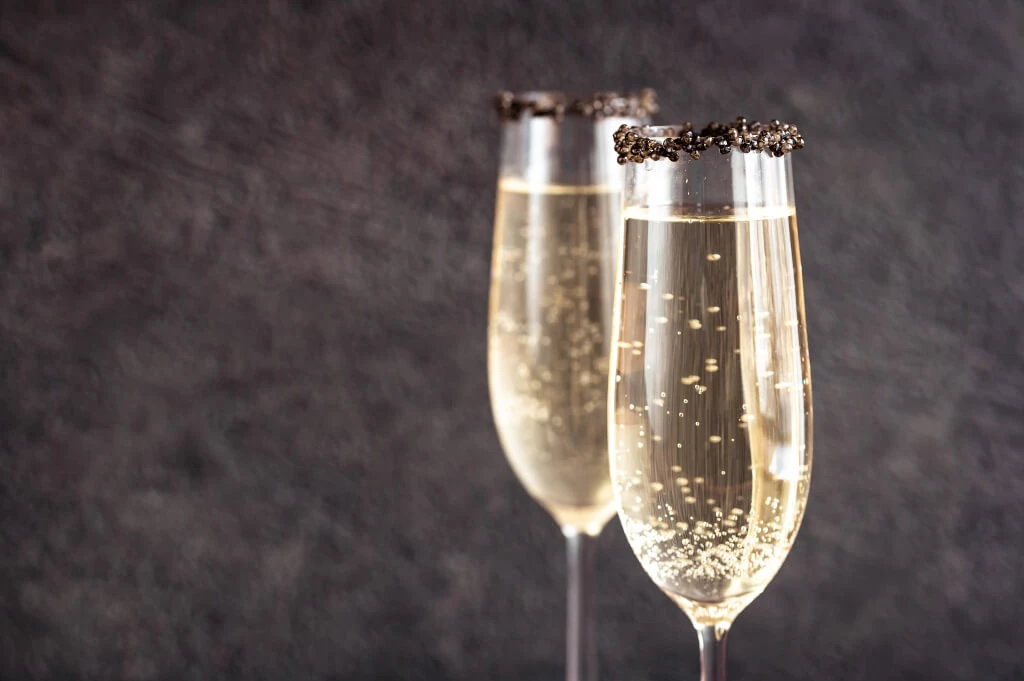Champagne and Caviar – the ultimate duo of luxury. These two are the epitome of extravagance, often reminiscent of lavish soirees and exclusive galas. Yet, in the ever-evolving world of food and beverage, old-school combinations like this sometimes fade into the background. However, much like vintage fashion styles, this duo is making a stellar comeback.
A Glimpse at the Resurgence
Years ago, some thought the combo of champagne and caviar was a dated extravagance. But recently, businesses like The Caviar Company, initiated by the dynamic Bergstein sisters, Petra and Saskia, have shown that there’s still immense interest in this classic pairing. Having started in 2015, they swiftly expanded to retail stores and tasting facilities. Alongside, establishments like Apéro in DC’s Georgetown area have carved a niche in offering high-quality caviar services alongside bubbly.
While new-age places tap into this renewed interest, timeless institutions, both in the US and abroad, have always vouched for this combination’s eternal charm. As Alba Grant from Balthazar Champagne Bar aptly puts it, “It’s luxury in its purest form—a treat that, once experienced, sets the bar.”
How Do You Pick The Pairing?

Let’s get to the crux of things. How does one perfectly pair champagne with caviar?
- Understanding the Flavors: Both these delicacies offer a spectrum of flavors. Caviar, much like champagne, can have a diverse palate ranging from salty and earthy to rich and creamy. Grant draws a parallel between caviar’s flavor variety to the grape varieties in champagnes. As Roletti from The Caviar Company suggests, there’s an element of experimentation, but a general rule is pairing rich caviars with warm, brioche-forward champagnes and salty caviars with light, fruity champagnes.
- The Champagne Pick: When it comes to the bubbly, Elli Benchimol from Apéro recommends focusing on dry champagnes, be it a brut or an extra brut. While renowned names in champagne are always a safe bet, Benchimol has a penchant for lesser-known grower champagnes. She mentions producers like Paul Bara, Andre Clouet, and Pierre Paillard as stellar choices, noting their exceptional quality-to-price ratio. For a unique experience, consider trying the saignee rosé from Larmandier-Bernier, which pairs brilliantly with caviar due to its deep fruity notes.
- Caviar Choices: The Caviar Company’s pairing recommendations are equally enlightening. For instance, the full-bodied Larmandier-Bernier Latitude Extra Brut NV and Kaluga Hybrid caviar are a match made in heaven, thanks to the champagne’s stone fruit and almond hints, which complement the caviar’s buttery texture.
- Making It Accessible: It’s a luxurious pairing, no doubt. But as Benchimol emphasizes, the idea is to strip away the intimidating aura surrounding these items. “Every day can be a celebration,” she remarks, promoting the belief that luxury can be an everyday indulgence.
Why Champagne And Caviar?

When one thinks about it, the success of any food pairing often lies in the balance of flavors and textures, driven by underlying chemical reactions. In the case of Champagne and caviar, it’s the interplay of acidity, effervescence, and salinity that elevates the experience.
Acidity
Champagne is characterized by its notable acidity. This acidity arises primarily from the tartaric acid present in grapes. When consumed, this acidity stimulates our salivary glands, preparing our palate for food. Caviar, rich in fats from its omega-3 fatty acids, is perfectly counterbalanced by Champagne’s acidity. The acid cuts through the fat, creating a harmonious palate-cleansing effect, ensuring that every bite of caviar feels as refreshing as the first.
Effervescence
The carbonation in Champagne, a result of its secondary fermentation, introduces an aspect of texture that’s integral to the pairing. These bubbles, consisting of carbon dioxide, interact with the caviar to heighten its texture. When these bubbles burst, they release tiny amounts of carbonic acid, a weak acid, which amplifies the sensation of acidity on our palates. This interaction further underscores the balance between the creaminess of the caviar and the sharpness of the Champagne.
Salinity
Caviar is known for its salinity, a quality derived from the preservation method and its natural habitat. Salts, chemically, are strong flavor enhancers. When consumed, they increase the flow of saliva which in turn spreads flavor compounds across the palate more efficiently. Champagne, particularly those with minerality, complements this salinity.
The sodium from the caviar interacts with the tartaric acid in Champagne, leading to a smoother and more rounded perception of taste, enhancing the overall experience. Their combined consumption produces a cascade of chemical reactions that result in a memorable gastronomic event.
Sustainable Caviar Production and Eco-friendly Champagne Methods
“Yes, some of you may have an issue with the sustainability around caviar?” It’s a pertinent question in our age of increasing environmental consciousness. As lovers of Champagne and caviar, understanding the environmental footprint of our indulgences becomes paramount. In this light, sustainable caviar production and eco-friendly Champagne methods are topics we must address in detail.
Champagne Producers and Sustainable Practices

Organic, biodynamic, and sustainable viticulture are not just buzzwords in the Champagne industry. Producers adopting these practices prioritize both environmental health and the wine’s authenticity.
Organic Viticulture: This approach shuns synthetic pesticides and herbicides, focusing on natural alternatives. Brands like Louis Roederer and Larmandier-Bernier have adopted organic methods to ensure a purer grape expression.
Biodynamic Viticulture: Just one up from organic, biodynamics views the vineyard as an ecosystem. Moon cycles and cosmic rhythms are taken into account when planting and harvesting. Domaine Jacques Selosse and Champagne Fleury have been frontrunners in this practice, believing that this approach enhances the terroir’s distinctiveness.
Sustainable Viticulture: While it doesn’t necessarily exclude synthetic treatments, it minimizes their use. Sustainability in viticulture focuses on the long-term health of the vineyard ecosystem. Producers like Bollinger and Krug employ these practices to balance quality production with ecological responsibility.
Benefits of Sustainable Production
- Flavor Profile: Sustainable methods often lead to grapes that more authentically represent their terroir. The absence of synthetic chemicals means that nothing interferes with the grape’s true flavor. This results in Champagnes with unique, unmasked tastes, allowing the drinker to experience the region’s nuances.
- Environmental Impact: Organic and biodynamic methods enrich the soil rather than deplete it. The absence of harmful chemicals ensures cleaner groundwater and healthier ecosystems. Sustainable viticulture’s focus on long-term health often involves practices that combat soil erosion and promote biodiversity.
Practical Tips
- Storage is Key: If you’re investing in premium caviar and champagne, ensure they’re stored right. Benchimol advises keeping both extremely cold—but avoid freezing.
- Consumption Time: Got that champagne bottle popped? Be prepared for an immediate treat. And when it comes to caviar, Benchimol suggests it’s best consumed within 48 hours of opening the tin for optimal freshness.
- Service and Presentation: Traditional service with champagne and caviar includes sourdough blini waffles, crème fraiche, chives, and other garnishes. But feel free to get creative! Tess Roletti points to alternatives like potato chips, which provide a crunchy contrast to the soft caviar. And when it’s time to eat that caviar, a mother-of-pearl spoon is the traditional choice, as it won’t interfere with the caviar’s delicate flavors.
The pairing of champagne and caviar is timeless—a combination that has stood strong against changing trends. While it’s a luxurious treat, the contemporary approach is to make it accessible, encouraging everyone to indulge in this decadence. As Alba Grant puts it succinctly, “Why fix what isn’t broken?”

